Car News
Toyota to test Tesla-style EV gigacasting machine at Japan plant
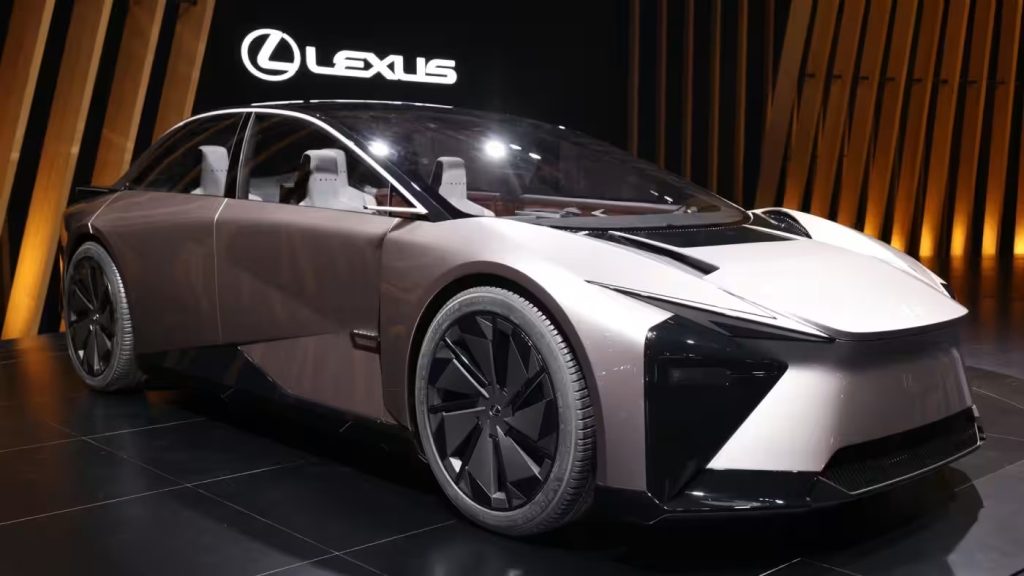
Toyota Motor will install a giant gigacasting machine at a Japanese plant as soon as this year, Nikkei has learned, looking to lower electric vehicle production costs by adopting a technique perfected by Tesla.
Located at a production center in Aichi prefecture, the machine will be one of the largest pieces of casting machinery in Japan. It will be capable of 9,000 tonnes of clamping pressure. Gigacasting machines typically apply at least 6,000 tonnes of force.
Gigacasting involves creating large modules for vehicles by fusing multiple components together using molten aluminum alloy that is fed into a molding machine at high pressure.
By molding several components together in a single step, an EV maker can reduce the vehicle’s mass and improve production efficiency. The more pressure available, the bigger the pieces the machine can make.
Japanese company Ube Machinery is the maker of the massive gigacasting equipment. The apparatus will measure 10-meters wide, 22-meters long and around 7-meters high, covering the area about the size of a tennis court.
Toyota’s gigacasting tech combines 86 components for the rear into one large module. (Photo by Yuki Nakao)
Toyota plans to start gigacasting with the LF-ZC, a next-generation EV to be launched in 2026 under the Lexus brand. The body will be divided into front, center and rear segments. The front and rear portions will be gigacasted. In prototype testing, the rear portion, which calls for 86 parts and 33 processes, was formed into a module in a single process.
The gigacasting machine is expected to be used to prototype EV components and not for mass production. Toyota will assess whether the tech leads to a reduction in parts and processes, as well as to lighter EVs.
More than 10 companies are adopting gigacasting, with most in the U.S., Europe and China. Tesla uses gigapresses with clamping pressure of between 6,000 tonnes and 9,000 tonnes.
Honda Motor has rolled out a 6,000-tonne gigacasting machine at a research and development facility in Tochigi prefecture in preparation for mass production. Nissan Motor plans to install a 6,000-tonne machine in fiscal 2027, aiming to reduce component weight by 20 percent.
Toyota looks to invest earnings from its lucrative hybrid vehicle business into developing EVs and catching up to global competition.
MIKE OCHONMA
Editor
-

 AVIATION5 years ago
AVIATION5 years agoPhoto News: Air Peace commence flight operations to South Africa
-
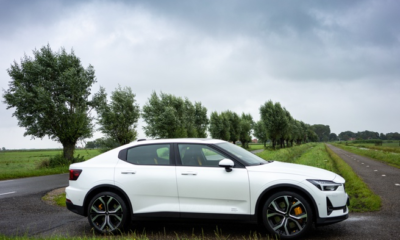
 Car News5 years ago
Car News5 years agoPolestar is recalls over 2000 electric cars due to software bug
-
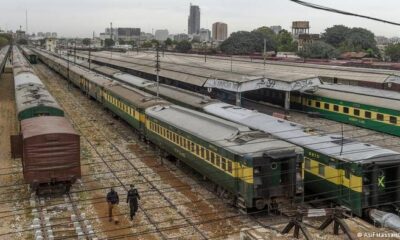
 RAIL5 years ago
RAIL5 years ago36 Killed in Pakistan Train Accident
-
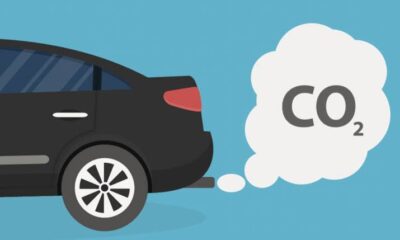
 Technology5 years ago
Technology5 years agoCommon mistakes in CO₂ emissions calculations
-

 Business5 years ago
Business5 years ago2016 Volvo XC60 review and specifications
-

 Reviews5 years ago
Reviews5 years ago2021 Audi A6 Specifications and Review
-
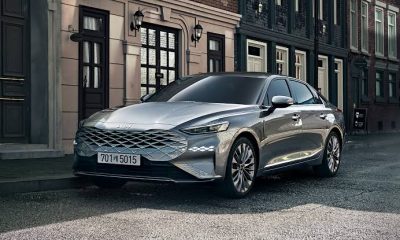
 Reviews3 years ago
Reviews3 years agoDebutant Kia’s new K8 sedan benchmarks luxury, safety
-
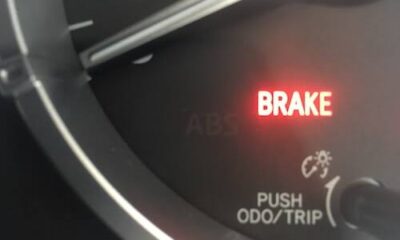
 SAFETY / CAR CARE5 years ago
SAFETY / CAR CARE5 years agoHandbrake warning light; what it means and what to do
